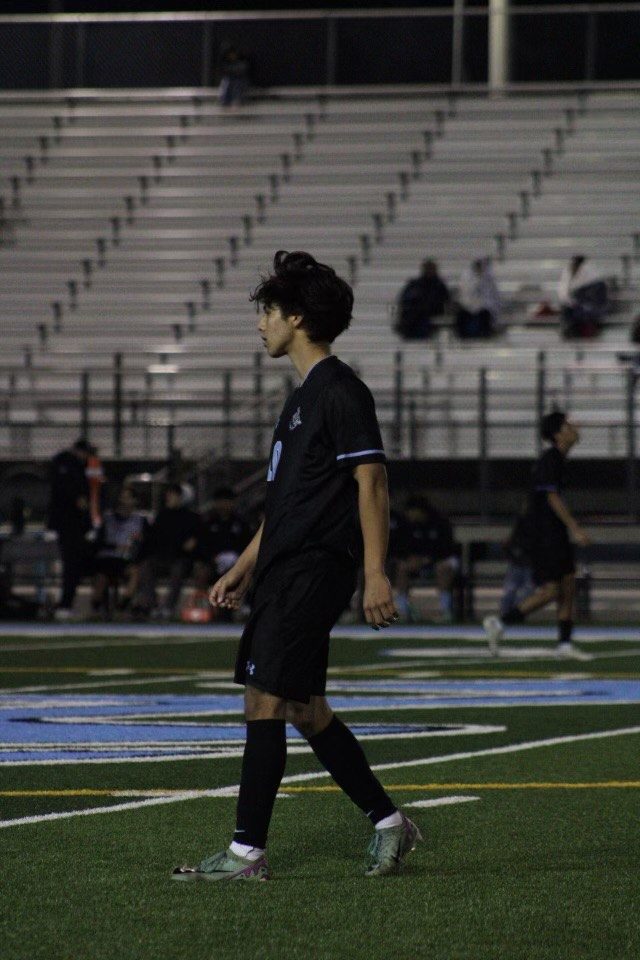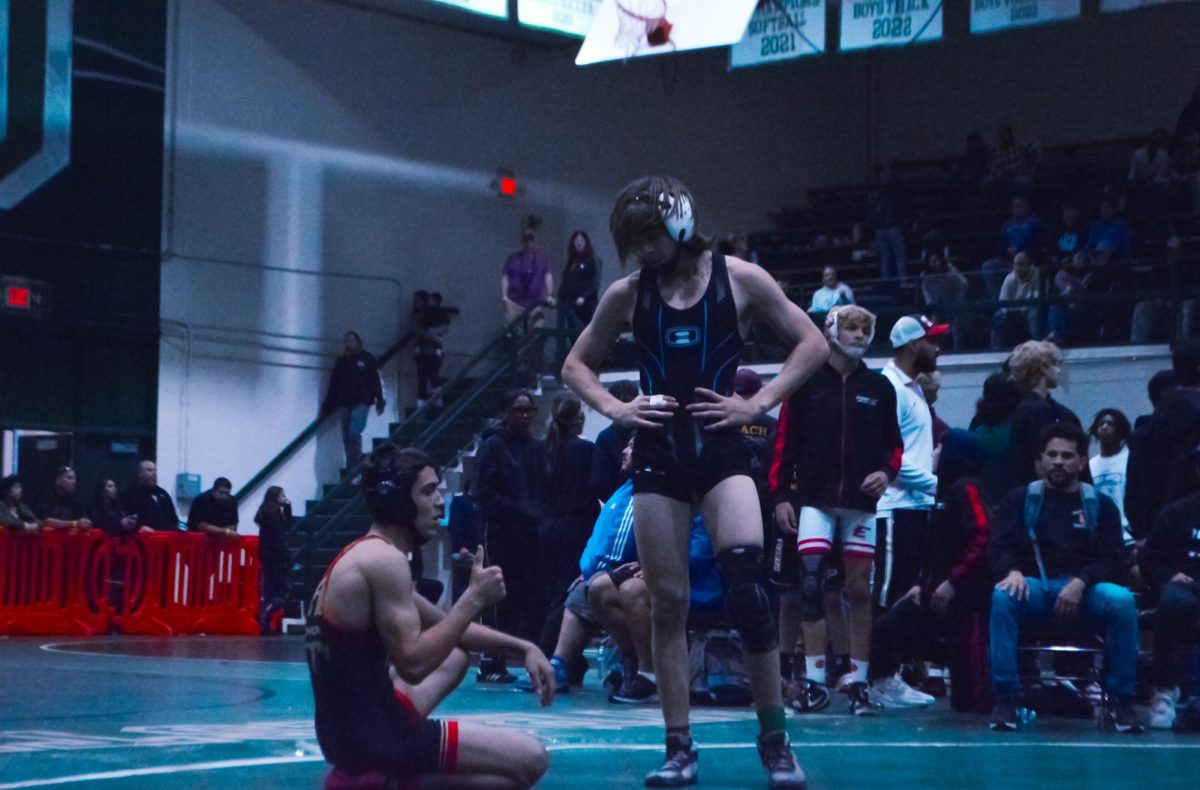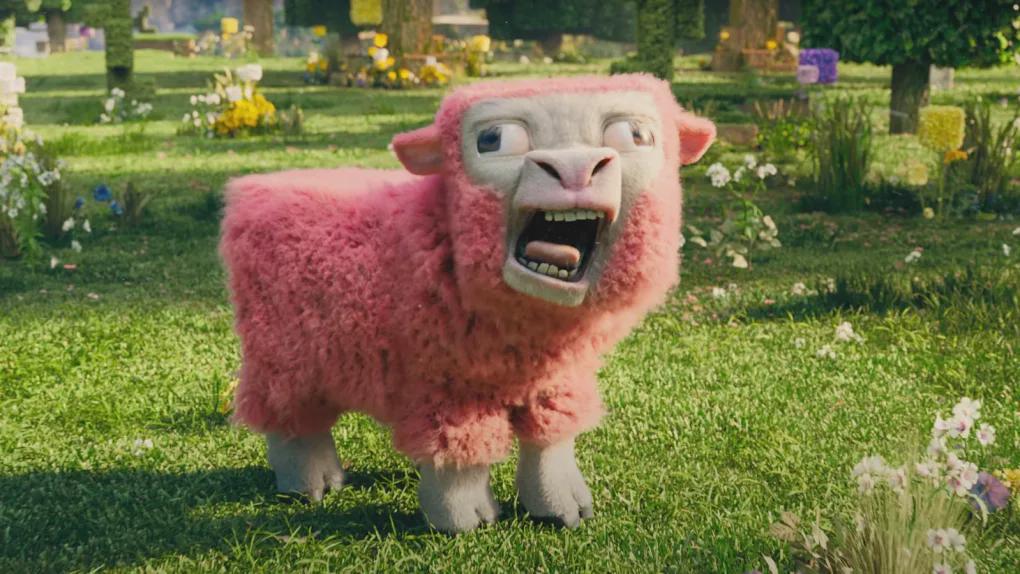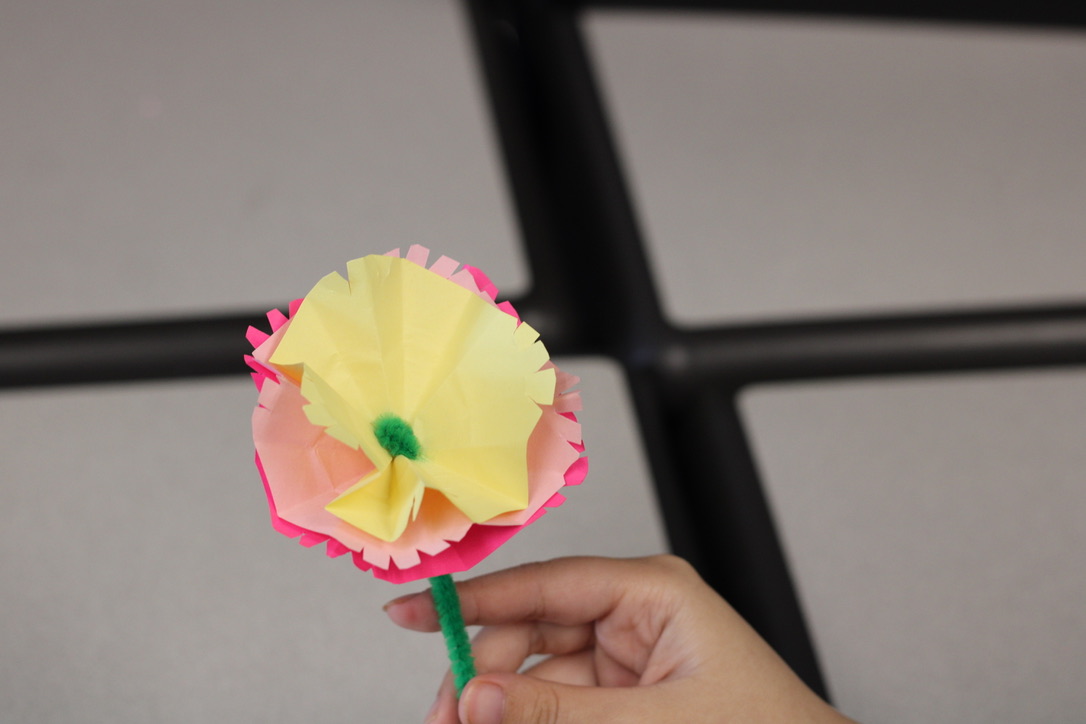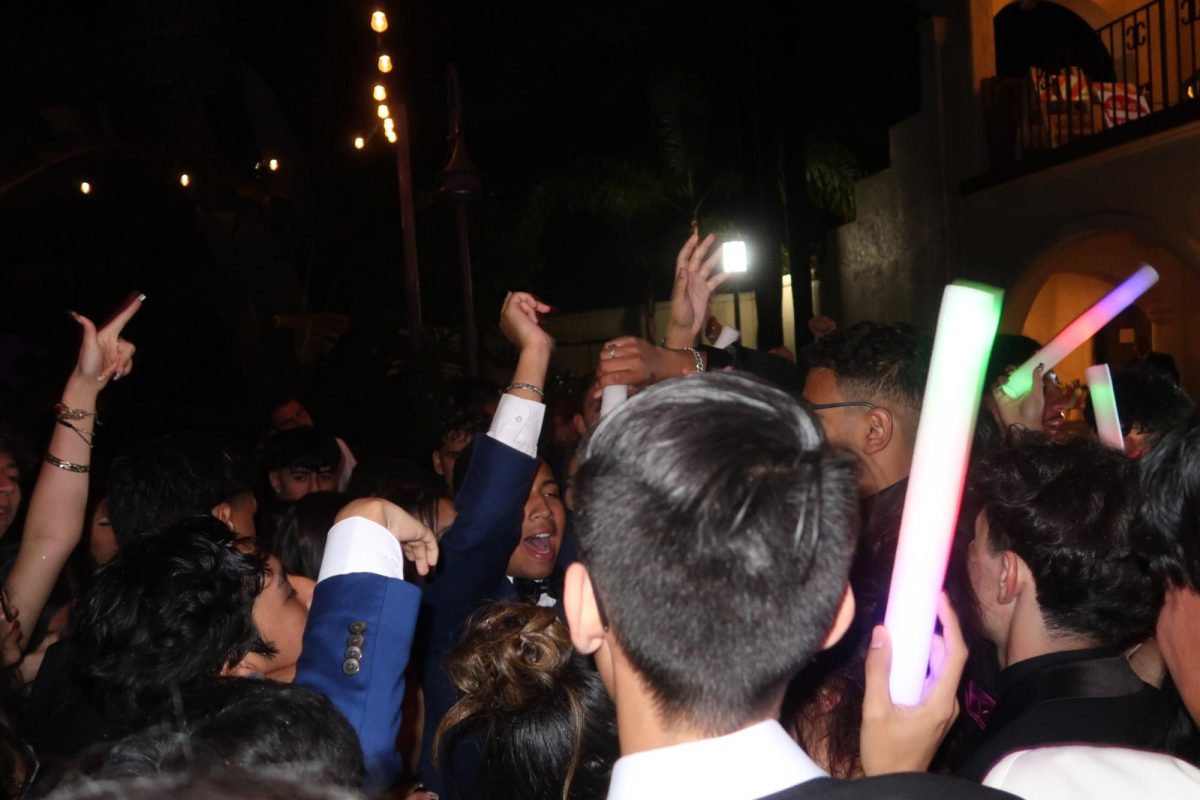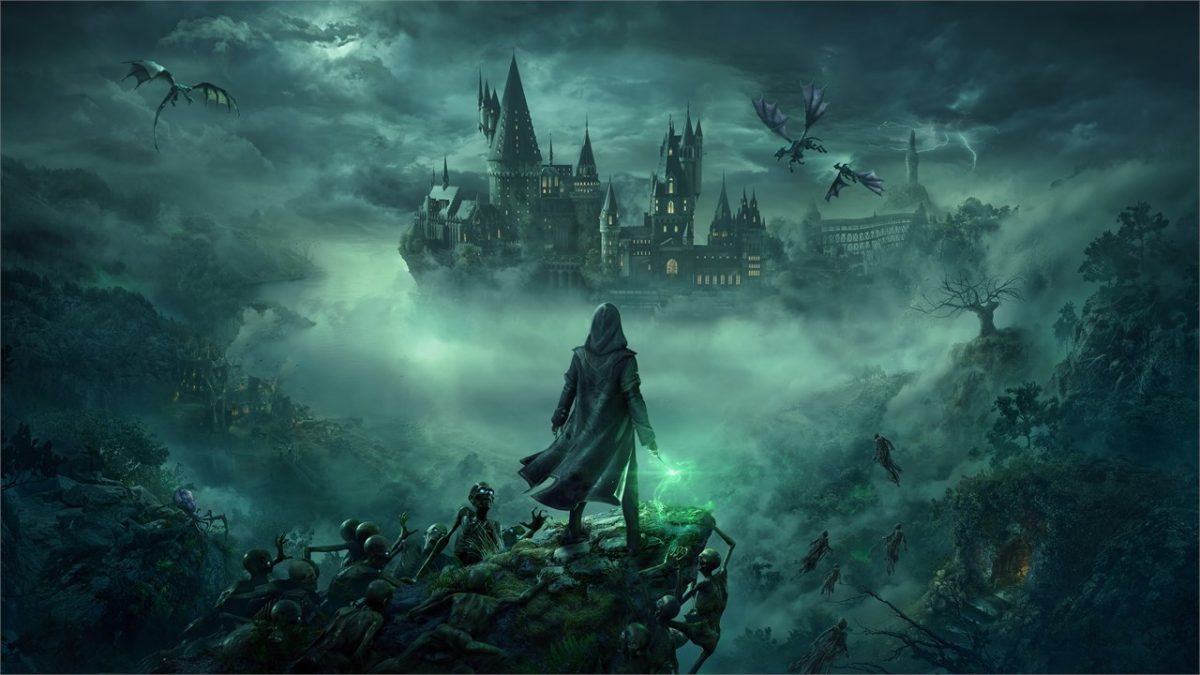Within stories of romance, the development of feelings and dynamics can differ across narratives. However, these different factors can fall under the same umbrella as a commonly used trope. Despite how simple they may seem, these cliches can be used in interesting ways and can have quite a depth to them.
Soulmates: Those who are soulmates are the ideal partner of the other. This may appear in a variety of ways. Either as an invisible bond that clicks into place or a visible mark on the person.
Invisible bonds can provide the benefits of knowing what the other is feeling whether that be their emotions or whatever is hurting them(mentally and/or physically). An example of this would be the mate bond shown in the book series, “Throne of Glass” by Sarah J. Maas where the character Rowan was able to feel when Aelin’s life is in danger or close to disappearing. Another type of these invisible bonds is that the character can only see color once they meet their soulmate. This means until then they would only have seen monotone colors, making the meeting quite explosive and emotion rocking for the characters.
In contrast, soulmarks have a wide variety of ways it could show. Marks can be present since birth, only gaining color once meeting the soulmate, or it appears when meeting that someone. Then there is the way of how the mark looks. The mark’s look could appear as an artful representation of the partner or words and sometimes numbers that help direct the characters towards their special someone. Words like what the soulmate first says to the character, their name(with a representative style), or a timer counting down to when they’ll meet them. Some of these bring a sense of anticipation for characters waiting to encounter their fated one and all of them can bring a sense of surprise and fluster when it happens.
Another visible way would be a red string that ties both soulmates together; usually on either the pinky or ring finger. Additionally, soulmates do not always result in a romantic bond as they could also be friend, enemy, or an unspecified bond. And unlike how it seems, there is a possibility for there to be more than one and not having a lover be a part of it.
Love at First Sight: A cliche that can be commonly found where two characters encounter the other and immediately fall in love. This type of occurrence can be connected to the soulmate trope where there is a chance they may fall in love on sight, such as the story “The 100 Girlfriends Who Really Really Really Really Really Love You” by Rikito Nakamura which uses both tropes at once. The protagonist, Rentaro, has one-hundred soulmates in which he, along with the soulmates, fall in love with the other at first sight or eye contact. If there are any difficulties in setting up a couple, this tool would be a quick and easy fix. The couple is immediately established along with the driving motive and determination to woo and learn more about the other.
A recommendation of the use of the trope would be to start out with a slightly intense interest in the other and, depending on the character, some stumbling when they try to communicate. As the characters continue to meet, they’ll learn new things about the other, giving their love more depth. Plot points like confessions and dates can be set anywhere on this timeline, even when they first meet would be a good place for a confession.
Forbidden Love: Where the lovers cannot be together for whatever reason that is stopping them. This reason can appear in a variety of ways, whether that be standing on opposite sides of a conflict, it isn’t socially accepted, or not physically possible.
Those in dispute cannot be with the other due to tensions between families or companions. Despite that they will continue to meet with the other in secret. Perhaps a few trustworthy allies would know it and help keep their tryst a secret for them. For instance, the manga series, “Love After World Domination” by Hiroshi Noda where the red ranger is in a relationship with one of the leading members of his enemy. One other character from each side knows of it and helps keep their relationship hidden whether the couple knows it or not.
There are various ways they could go about this situation. For one, they could remain as they are, only seeing the other in their elusive moments away from their side’s eyes. Although it may not last for long if the plot has anything to say. Another approach would be for one of them to switch sides so that they no longer are expected to fight. However, that would require the will to betray their comrades, but if they’re evil then it’ll be fine. Just a bit of internal struggling from the character and they’ll cut themselves loose on their own. A way that wouldn’t trouble the couple as much as the other two methods is to end the conflict between the two sides. Either through peace or complete annihilation of both sides would be able to end the grudge. If all of these fail then the last resort would be to take a leaf out of Shakespeare’s book and end the couple entirely.
As for where society keeps them divided, that would result in a kind of difference of some kind. For example, the couple could be from different species or one is considered inferior to the other. In a fantasy setting, it may be condemnable if a human and orc were to be together or a mermaid and harpy. Neither would be accepted and therefore their kind would force them apart, making this a forbidden romance. As for inferiority, a family of elite standing wouldn’t want one of their own to prance off with someone lower than them and the other family wouldn’t want their member to be taken away by some arrogant brat. Unlike the opposing sides, neither have any personal grudge for the other and rather a general distaste.
Then there is the physically impossible. This type of way may not seem like a forbidden love, but it does match the definition of the trope and presents interesting ideas. The two characters can follow through numerous other tropes and fall in love with the other. However, their time together is limited. They are split to places where neither could reach the other. Such as across a country/nations, worlds, or even time. Rather than other people forcing them apart, it is the world itself that is the wall that splits the couple apart. They could still make efforts to cross that boundary, but depending on how the author wishes the story to end, those efforts may not attain anything in the end. A nearly hopeless story as demonstrated by the webnovel, “Omniscient Reader’s Viewpoint” by Sing Shong. The character, Yoo Joonghyuk was made to save Dokja, regressed 1864 times to meet Dokja, and traveled across worlds to piece Dokja back together. Yet in the end, it is still uncertain whether those efforts bore any fruit.





